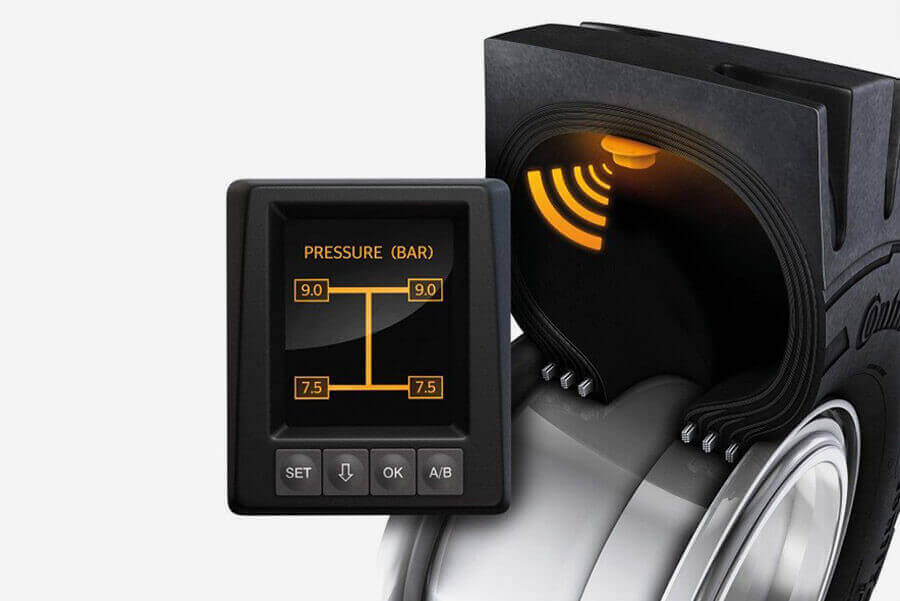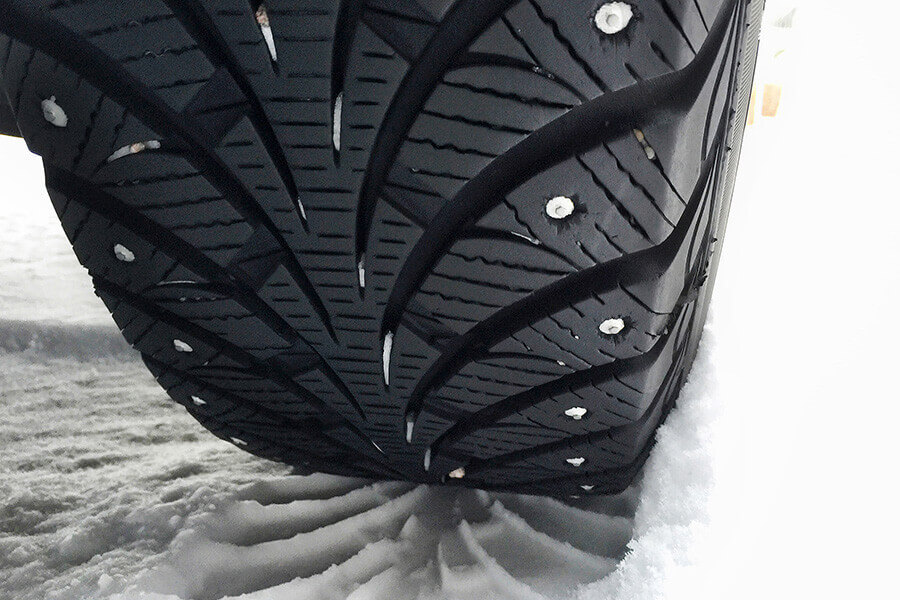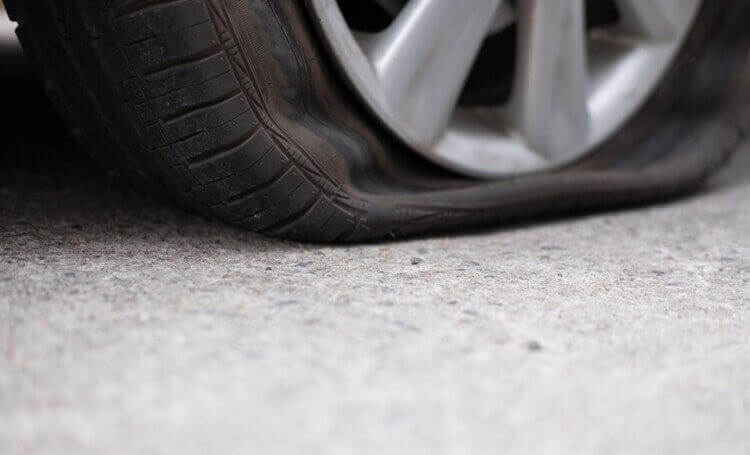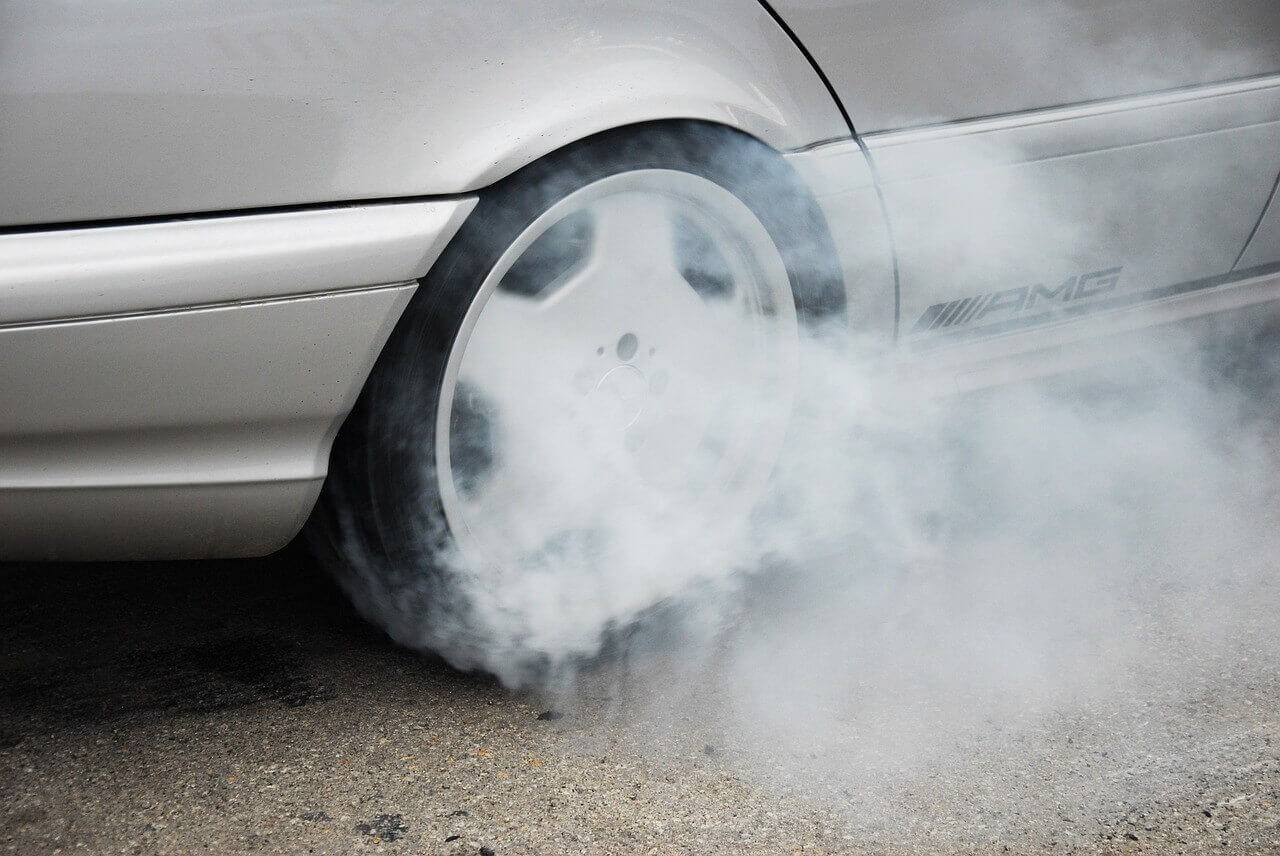If you’re like me (and I should not bragg about it …), you’re not particularly vigilant about the air pressure in your car tires. You trust the installers, and you know that at your seasonal tire changes, twice a year, the pressure is correct. Unless you have a clear message to do otherwise, you probably do not check the pressure of your tires very often.
Which, you know, is a mistake that can cause your tires to run poorly, provide higher fuel consumption and premature wear. All of this, you already know, but going out in the winter to check the pressure is not part of your habits, or mine for that matter.
Fortunately, modern cars are increasingly equipped with pressure monitors (called TPMS) that remind you in the dashboard that some of your tires need a little air.
I was unfamiliar with technology, and until a few years ago I tended to look at this data with little enthusiasm, seriously questioning its reliability. Until a beautiful Saturday morning of snowfall.

TPMS on a wheel
Long story short: on my way to the Detroit show, in the middle of the Montreal highway, under a few inches of snow, my test vehicle was giving me a message: you have a flat tire. Doubting the accuracy of the system, I decided to continue my journey … until the tire deflated completely. As a result, four furious old men (I was not alone, hopefully) , lying in the snow, had to change the wheel of their big SUV on a Saturday morning around 8am. If only we had followed the indications of our gauges, we could have stopped directly in a garage and get some help.
Are the sensors reliable?
If you do not want to do like me, rely on the pressure monitor of your vehicle. This very simple system can save you a lot of problems. Most of these sensors are housed directly in the tire. They measure the air pressure inside, and sometimes the temperature, and these results are transmitted by radio waves to the central circuit of the car which will analyze them and will inform you of the corresponding message.
It may be more vague indications (like a tire is too deflated), or very precise (like 32 PSI in the front left tire). When changing tires, it is essential to have these sensors calibrated to record the correct information.
Another technique, less used, places sensors that calculate the number of turns that the wheel makes, which number will vary if the tire is deflated or too inflated. Obviously, in this case, the accuracy is less.
Believe my experience, the systems that equip your car, they are reliable. You would not want to have to change a wheel on a highway, I promise!






